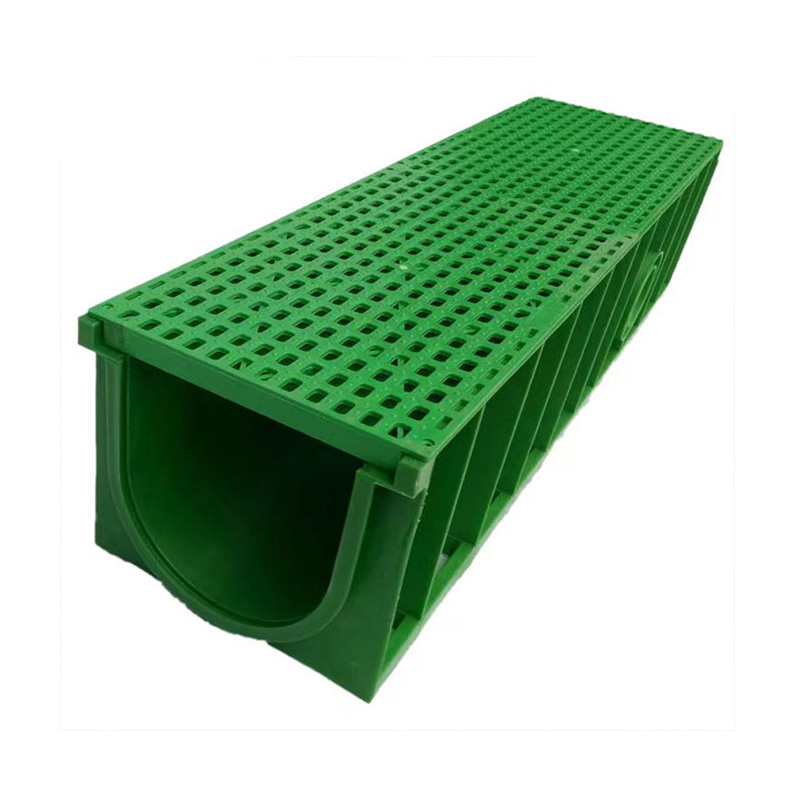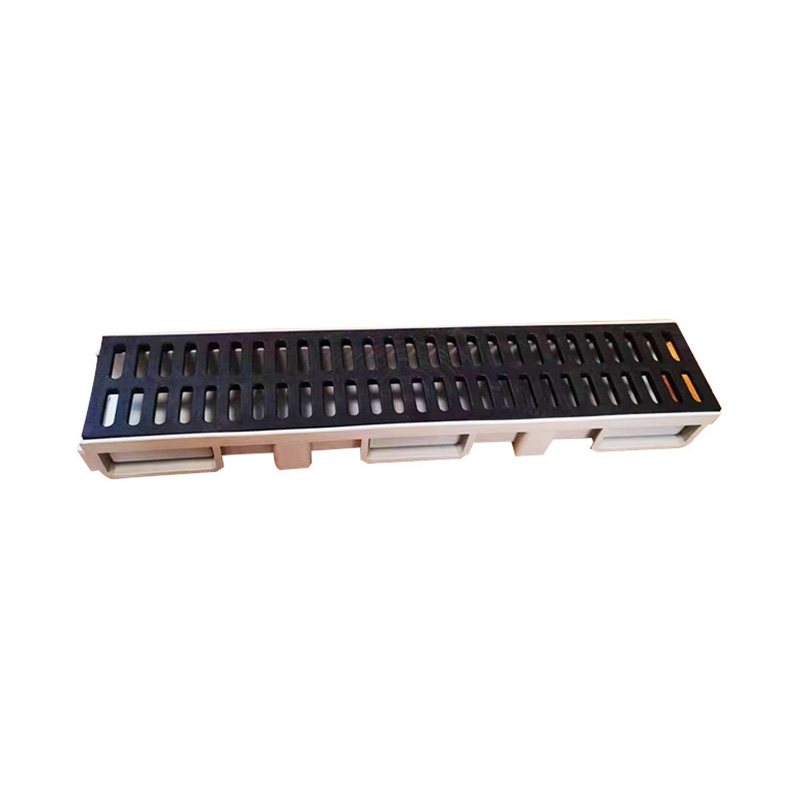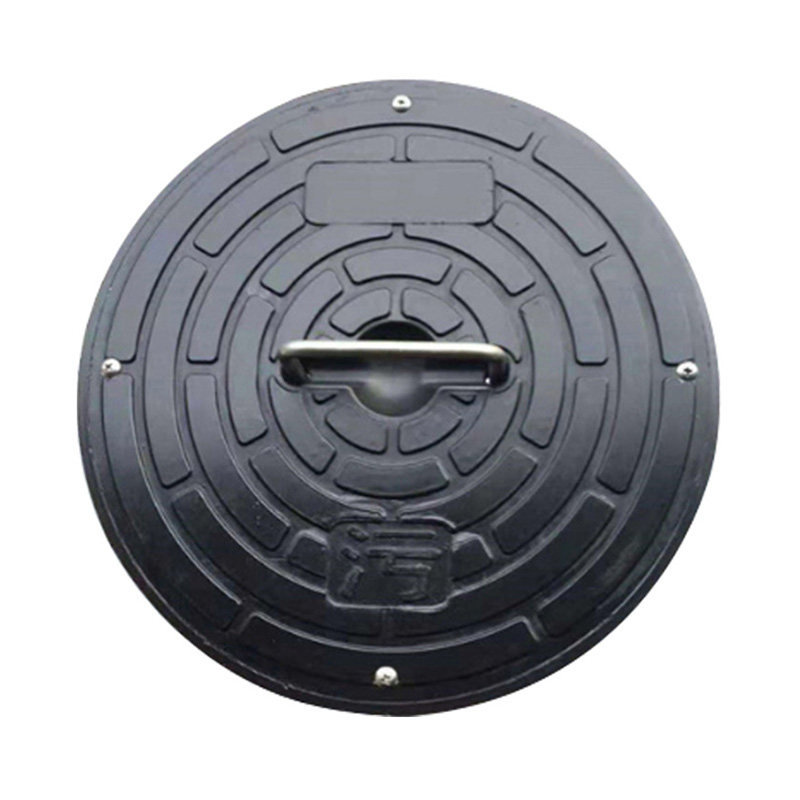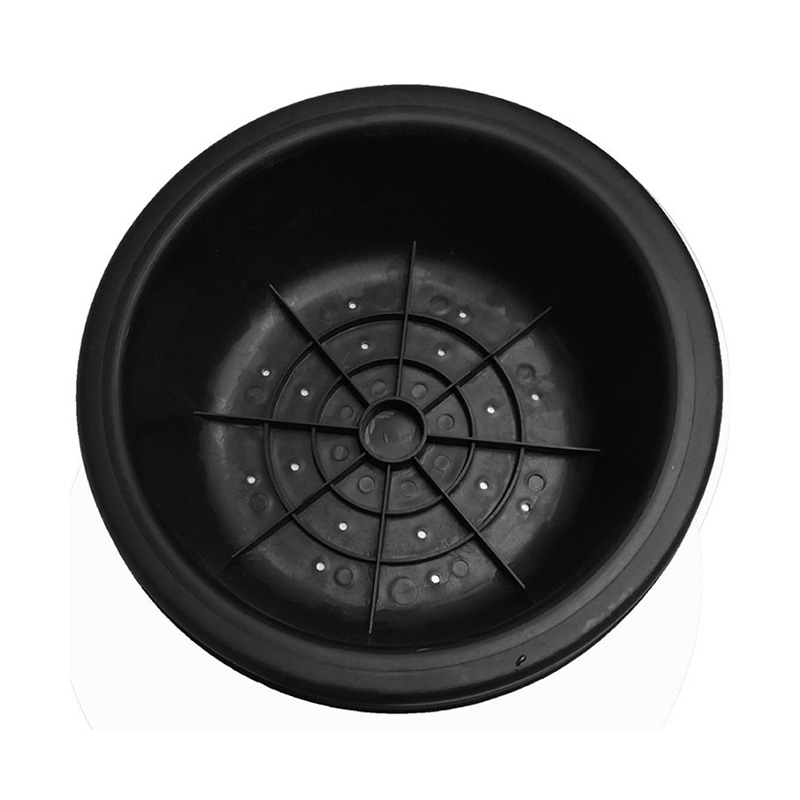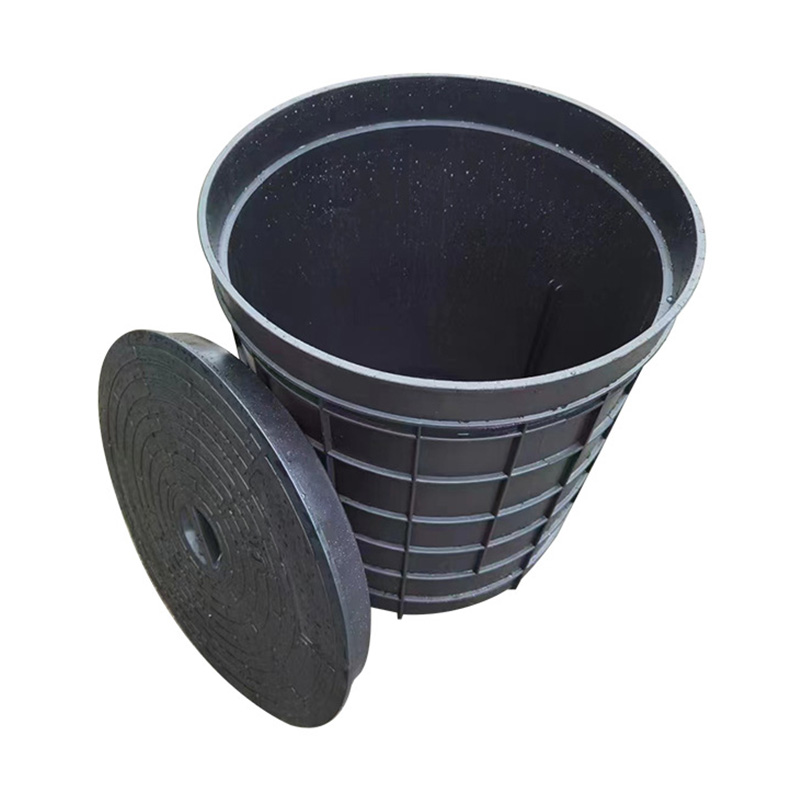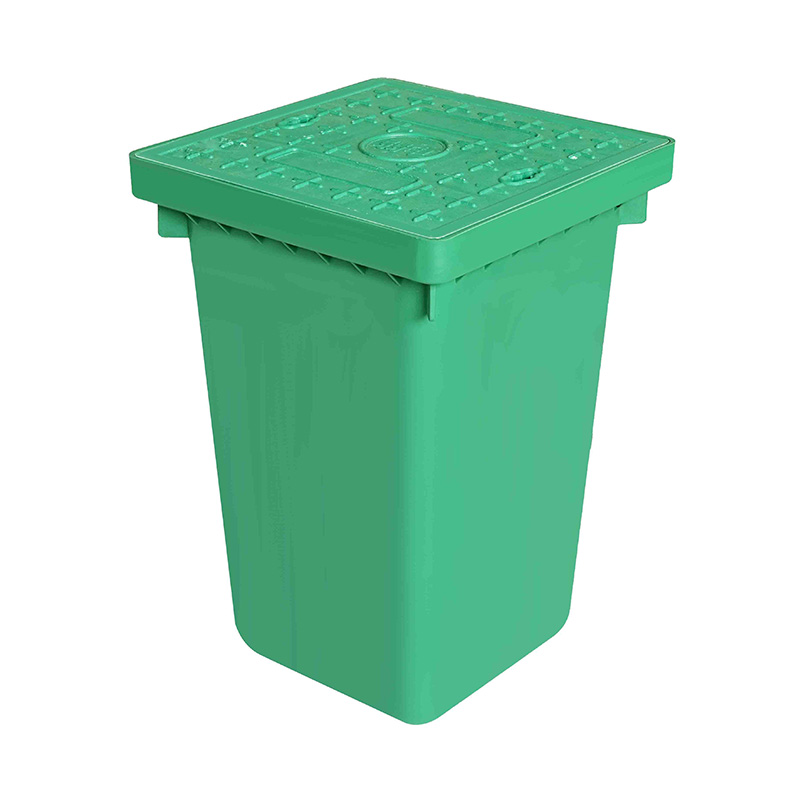Installing a plastic grease trap or a plastic oil water separator is an important investment for any commercial kitchen, restaurant, or industrial facility. These systems prevent fats, oils, and grease (FOG) from entering the wastewater system, protecting plumbing and the environment. However, many facility managers are often concerned about the overall installation cost and factors that might influence the budget. Understanding these elements can help you plan effectively and avoid unexpected expenses.
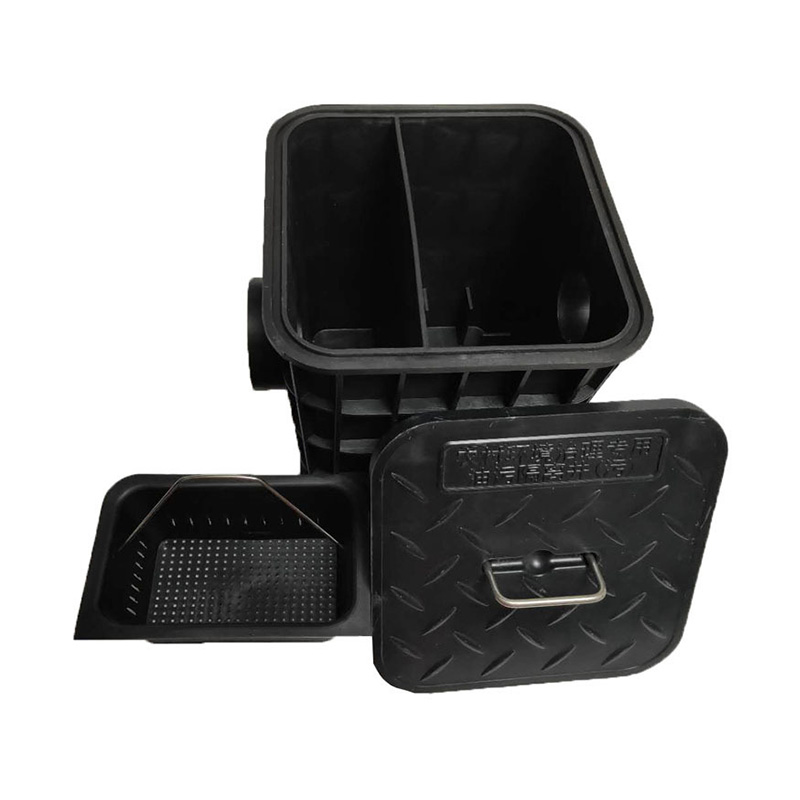
Key Factors Affecting Cost
1. Size and Capacity
The size of the plastic grease trap directly influences the price. Larger systems that can handle higher volumes of wastewater and grease naturally cost more than smaller units. Similarly, a plastic oil-water separator designed for industrial facilities will require a higher capacity, which may increase both the material and installation costs. It is important to select the right size based on your facility’s flow rate and grease production to ensure efficiency and compliance.
2. Installation Complexity
Complex installations often require additional plumbing, excavation, or retrofitting of existing pipelines. For example, if your building’s layout requires rerouting of wastewater lines or extra support for the separator unit, labor costs can rise significantly. Planning the installation with professional engineers from the start can help minimize complications and reduce costs over time.
3. Location and Accessibility
The location of the installation site affects both labor and equipment costs. Installing a plastic grease trap or plastic oil-water separator in a hard-to-reach area, below ground, or within a tight kitchen space can require specialized equipment, increasing the overall budget. Easy access for future maintenance should also be considered, as inaccessible systems may cause to higher maintenance expenses later.
4. Material and Quality
While plastic systems are generally cost-effective compared to stainless steel alternatives, the quality of the material still matters. Durable HDPE or reinforced plastic ensures the trap or separator withstands long-term use, chemical exposure, and temperature variations. Investing in higher-quality materials may slightly increase upfront costs but can reduce repairs and replacements in the future.
5. Local Regulations and Permits
In many regions, local regulations govern the installation of grease traps and oil-water separators. Obtaining necessary permits and ensuring compliance with environmental codes may require additional inspections or certification, which can add to the total cost. Working with experienced installers familiar with local requirements can streamline the process and avoid fines or delays.
6. Maintenance Considerations
When budgeting for installation, it’s also wise to consider ongoing maintenance costs. A well-installed plastic grease trap or plastic oil-water separator may reduce labor and cleaning frequency, saving money over the system’s lifetime. Regular inspection and professional servicing should be part of the overall cost plan.
Tips for Budget Management
Obtain multiple quotes from certified professionals to ensure fair pricing.
Factor in both initial installation costs and long-term maintenance expenses.
Choose a system that balances capacity, durability, and regulatory compliance to avoid costly replacements.
The cost of installing a plastic grease trap or plastic oil-water separator is influenced by multiple factors, including size, complexity, location, material quality, and regulatory compliance. By understanding these considerations and planning carefully, facilities can make informed decisions that not only protect plumbing and the environment but also provide long-term savings. At Weicai, we support clients with professional advice and high-quality products to help ensure smooth installation and efficient operation.

 English
English русский
русский Español
Español عربى
عربى
